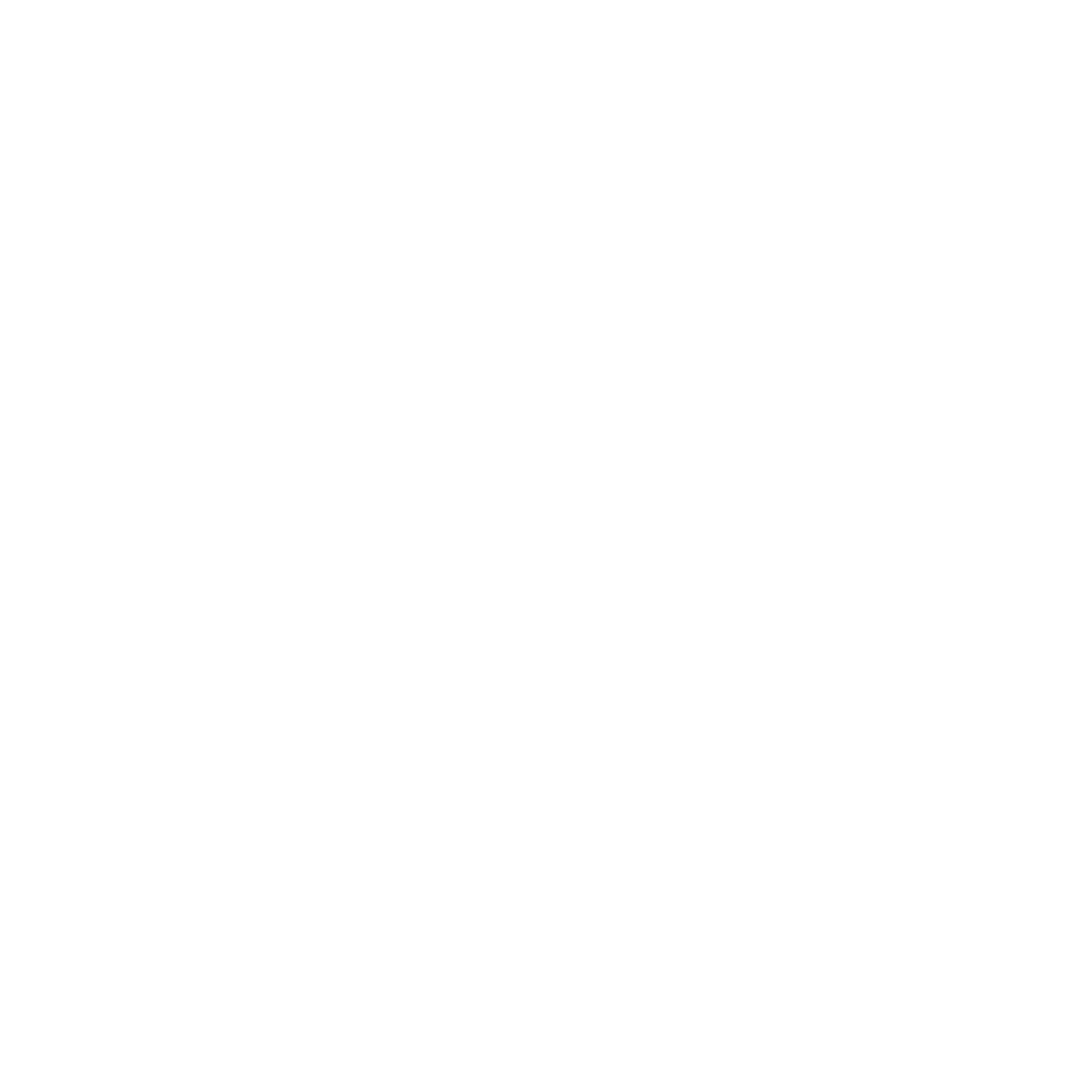The structure of your literature review will be based largely on your discipline and your topic. Your review is also influenced by how you decide to organise your argument(s):
- Chronological/historical
- Major authors/key studies
- Perspectives or positions taken on the topic under study
- Issues or debates (key issues/related issues)
- Methodological focus, etc.
Suggestions for structure
Organise your literature review according to an approach that best fits your topic. This means that you should not be too attached to an idea or template of how the literature review should ‘look’; instead, seek out effective models of literature reviews written in your discipline area. Broadly, the structure of a review may comprise the following elements:
Introduction
- Provide an overview of the contents of the review. What is the significance and importance of the review?
Body (i.e. where you critically analyse the relevant literature)
- Synthesise the essence of literature that has dealt with your topic
- Consider any gaps or deficiencies, any inconsistencies or conflicting viewpoints and the broader implications of all this knowledge for your topic
Conclusion
- Draw together the important points and briefly explain how the information you have found addresses your original research question
- Indicate if more research is needed.
Important considerations
- Set parameters (e.g. inclusion and exclusion criteria for the literature referred to, date range)
- Make sure your literature review is a critical synthesis of the information you have discovered, and not just a summary
- Organise the material logically
- Make your purpose clear
- Emphasise recent/current research and developments
- Amount of detail around an issue is proportional to its importance
- Your own voice needs to be strong throughout the literature review - it needs to introduce and guide the reader through the research that is presented in the literature
- Provide commentary on design, methodology, conflicting arguments, and lack of conclusions
- Make sure citations and references are correct and accurate.
